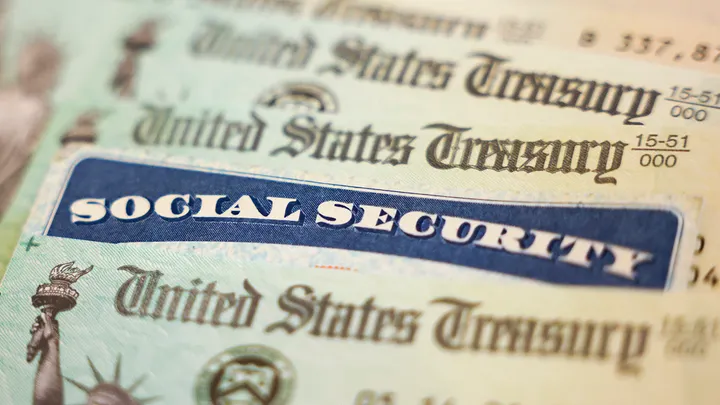
Some Americans will receive two Social Security payments in August, a rare occasion that is the result of a quirk in the system.
Typically, the Social Security Administration (SSA) sends out one payment each week, delivering Social Security checks on the second, third and fourth Wednesdays of each month. Then it pays Supplemental Social Security Income (SSI) — which provides support for disabled people and older Americans with low incomes — on the first of the month unless it falls on a weekend or holiday.
Because Sept. 1 falls on a Sunday, SSI recipients will receive two payments in the month of August. The first check arrived on Aug. 1, while the second check will come on Friday, Aug. 30.
Roughly 7.4 million Americans collect SSI benefits.
The back-to-back deposits do not mean retirees are receiving extra money — it’s just an early payment for the following month.
This is slated to happen one more time this year, in November, according to a schedule of payments on the SSA’s website.
Retirees received a modest cost-of-living bump this year, but many have reported struggling to get by as they continue to battle chronic inflation that has rapidly eroded their purchasing power.
A recent survey published by Atticus found that an overwhelming percentage of seniors collecting Social Security — about 62% — are dissatisfied with the 3.2% payment increase they’re receiving in 2024.
In fact, nearly three in five seniors reported struggling financially as the cost of everyday necessities like food, rent and medical care remains uncomfortably high, while about 20% of seniors receiving Social Security plan to seek employment this year due to the small increase.
Retirees reported concerns over rising utility, insurance, heating and food costs.
More than 66 million Americans collecting Social Security received the bigger payments beginning in January.
The payment boost marked a steep decline from 2023, when recipients received an 8.7% bump, the highest in four decades. However, it remains higher than the 2.6% average increase recorded over the past two decades.
Recipients are on track to receive a 2.63% COLA in 2025, which is below the current 3% pace of inflation. It would mark the lowest annual COLA since 2021. The SSA will release the final adjustment percentage in mid-October.
An increase of this magnitude raised the average retiree benefit of $1,907 by about $59 per month.
The annual Social Security change is calculated based on the consumer price index for Urban Wage Earners and Clerical Workers, or the CPI-W, from July, August and September.
























